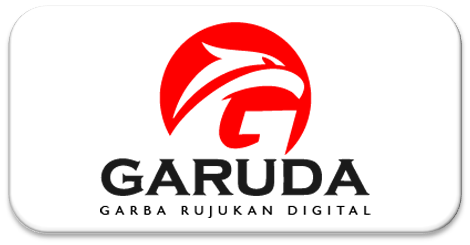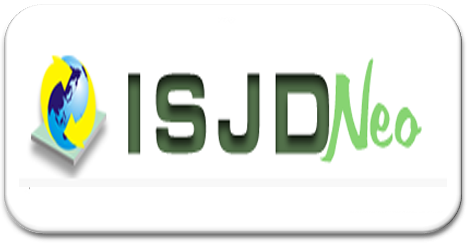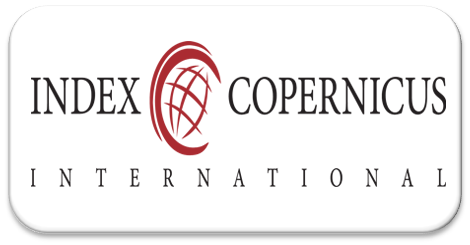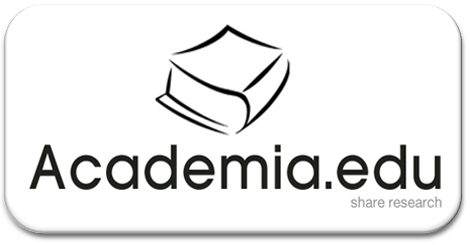Guidelines for the writing of articles at Jurnal Ilmiah Al-Mu'ashirah can be seen as follows:
- Articles are the author's original scientific work and have never been published or are in the process of being published by other media;
- Articles emphasize the study of the Qur'an and hadith multi-perspective (See Focus and Scope);
- Articles must follow the surrounding style and journal template;
- The author must submit an article that reviews the actual themes within the scope, shows a sharp analysis, updates references, and has no plagiarism. The author must fill in the form for the authenticity of the articles;
- The article's systematics are:
- Title. The title should be short, clear, and informative, but does not exceed 20 words. It has to be pinpointed with the issues discussed. The article title does not contain any uncommon abbreviations. The main ideas should be written first and followed then by explanations.
- Author’s names and institutions. The author's name should be accompanied by the author's institution, institution's address, and email address, without any academic titles or job titles.
- Abstract. Abstracts A single paragraph of about 250 words maximum. For research articles, abstracts should give a pertinent overview of the work. We strongly encourage authors to use the following style of structured abstracts, but without headings: (1) Background: Place the question addressed in a broad context and highlight the purpose of the study; (2) Purpose of the Study: Identify the purpose and objective of the study; (3) Methods: Describe briefly the main methods or theoretical framework applied; (4) Results: Summarize the article's main findings; and (5) Conclusions: Indicate the main conclusions or interpretations.
- Keywords. List three to five pertinent keywords specific to the article; yet reasonably common within the subject discipline; use lowercase except for names
- Introduction. The introduction section describes the reasons why it is deemed important to conduct the research. You must provide adequate background, research problem, and discuss previous research on the topic, and explain exactly what the paper will address, why, and how. There is a huge amount of literature out there, but as a scientist, you should be able to pick out the things that are most relevant to your work and explain why. You have to write the focus of the research to show the advantages or novelties of this paper. At the end of the introduction, you have to describe how to procedure of the research, and analysis plan, and describe the scope or limitation of the methodology you used. We recommend you use management references tools (Zotero or Mendeley) and select footnotes in the Modern Humanities Research Association 3rd edition Style format.
- Results and Discussion. This section describes the results of the research and discussion based on the analytical method used. Writing results and discussions can be added with supporting graphs, tables, or images. Systematic results and discussion must refer to the formulation of the research problem. Writing is done in a subtitle format based on the problems discussed. Writing verses of the Qur'an and or hadith: the verse that is written includes the description of the verse in brackets, by mentioning the name of the surah, and the number of the verse, such as (QS. al-Baqarah: 183). Hadith writing mentions the names of the narrators (HR. al-Bukhâri and Muslim).
Authors should discuss the results and how they can be interpreted from the perspective of previous studies and of the working hypotheses. The findings and their implications should be discussed in the broadest context possible. Future research directions may also be highlighted. The following components should be covered in the discussion: How do your results relate to the original question or objectives outlined in the Introduction section (what/how)? Do you provide an interpretation scientifically for each of your results or findings presented (why)? Are your results consistent with what other investigators have reported (what else)? Or are there any differences?
- Conclusions. Conclusions are meant to help readers understand why your research is important to them after they finish reading the paper. This section contains the conclusions obtained in the form of a paragraph description. Conclusion writing does not use numbering or bullet points but in the form of a narrative in the form of paragraphs.
- Acknowledgments (if any). In this section, you can acknowledge any support given, which is not covered by the author's contribution or funding sections. This may include administrative and technical support, or donations in kind (e.g., materials used for experiments).
- References. The bibliography must be complete and in accordance with the references presented in the body of the article. All references that have been mentioned in the article must be listed in the bibliography and arranged alphabetically.
The main reference source must exist and refer to the existing journals. We recommend you use management references tools (Zotero or Mendeley) and select in the Modern Humanities Research Association 3rd edition Style format
- Articles can be written in Indonesian or English;
- Articles submitted to Jurnal Ilmiah Al-Mu'ashirah have been typed in Papers A4, Margin (Top: 2,5 cm, left: 2,5 cm, Botton: 2 cm, Right: 2 cm), Times New Roman 12 pt, 1 space ranging in length from 10-25 pages;
- The articles submitted online must contain the article file and the academic biographical data.
- The articles were sent using Arabic-Indonesian transliteration according to SKB 3 Ministers.
Make sure that your articles are prepared using the articles template. Download the manuscript template here.

 English
English

.png)








1.png)


1.png)
.png)
1.png)
1.png)
1.png)
_(1).png)

